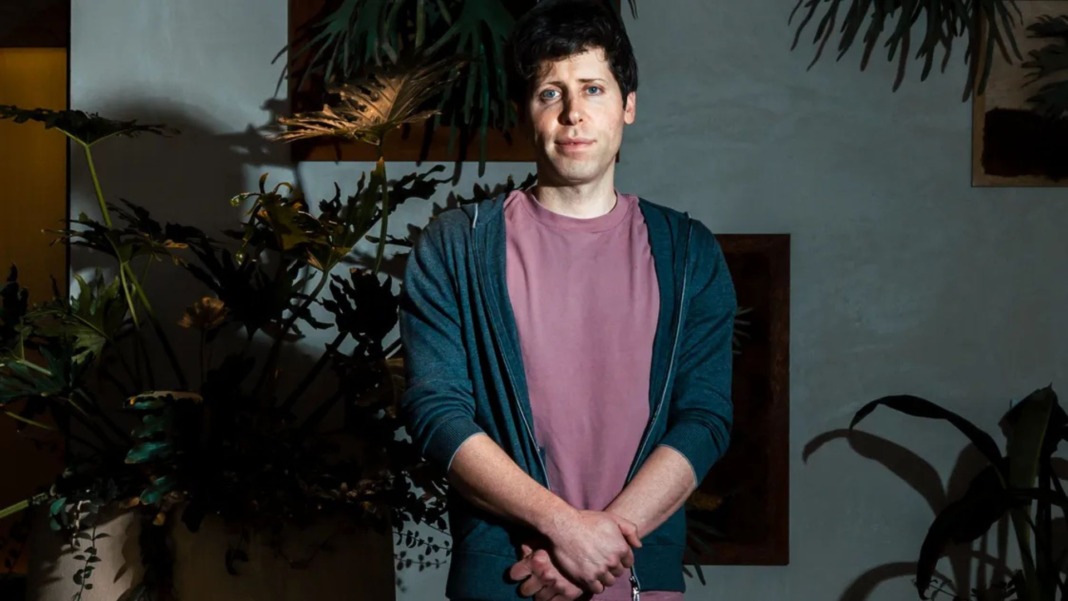On May 16, startup Windsurf revealed its first in-house family of AI models designed to help with the full software engineering process, not just writing code. Known for its popular “vibe coding” tools, which let you chat with an AI to write and edit code, Windsurf is now moving beyond applications and stepping into model creation with its SWE-1 series.
The new family includes three models: SWE-1, SWE-1-lite, and SWE-1-mini. According to Windsurf, all three were trained to handle the wider tasks of building software, such as working across different systems like terminals, internet browsers, and integrated development environments (IDEs).
Wave 9 is here: a frontier model built for software engineering.
— Windsurf (@windsurf_ai) May 15, 2025
Introducing our new family of models: SWE-1, SWE-1-lite, and SWE-1-mini.
Based on internal evals, it has performance nearing that of frontier models from the foundation labs.
Available now, only in Windsurf! pic.twitter.com/MlKsFavtKn
This move might surprise you, especially since OpenAI is said to have recently finalised a US$3 billion deal to acquire Windsurf. Despite the news of the acquisition, Windsurf’s decision to release its own models shows a strong push towards independence and innovation in software tool development.
How SWE-1 compares to existing models
SWE-1, the largest and most advanced of the three models, performs well compared to other major AI systems. Windsurf says it keeps pace with Claude 3.5 Sonnet, GPT-4.1, and Gemini 2.5 Pro regarding internal programming tests. However, it still slightly trails behind newer frontier models like the Claude 3.7 Sonnet in completing more complex software engineering tasks.
SWE-1 represents our first foray into building frontier models for complex software engineering tasks.
— Windsurf (@windsurf_ai) May 15, 2025
As the first application company to take a step in this direction, we believe we have a unique advantage to offer the best possible experience for software engineering, not…
For users like yourself, the SWE-1-lite and SWE-1-mini models will be free, whether using a free or paid account. The full version, SWE-1, will be limited to paid users. While Windsurf hasn’t yet shared exact pricing details, it has stated that SWE-1 is cheaper to run than the Claude 3.5 Sonnet, which could make it a more cost-effective choice for developers and tech companies.
A new approach to AI-powered engineering
Windsurf has made a name for itself by supporting software engineers with AI chatbots. These tools help you “vibe code”—essentially writing and editing code conversationally. The company and others like Cursor and Lovable typically relied on outside AI providers such as OpenAI, Anthropic, and Google to power their services.
By developing its own models, Windsurf hopes to take more control over how the AI works. The company’s Head of Research, Nicholas Moy, explained the difference in a recent video. “Today’s frontier models are great for coding, and we’ve seen major progress in recent years,” he said. “But that’s not enough for us—coding isn’t the same as full software engineering.”
Windsurf also explained in a blog post that while many AI models can write code, they tend to struggle when you work across different digital tools and platforms, like switching between a command line and a web browser. That’s why the SWE-1 models were trained with a unique data method that includes unfinished tasks, multi-step processes, and multi-surface workflows. This allows them to mimic better the way you work as a programmer.
Calling SWE-1 a “proof of concept,” Windsurf has hinted that more AI models may be in the works. If you’re a developer, this could mean more advanced, flexible tools are on the horizon—tools designed to support every part of your software journey, not just the code itself.





